We need your consent to use the individual data so that you can see information about your interests, among other things. Click "OK" to give your consent.
ASTM D6248-98(2012)e1
Standard Test Method for Vinyl and Trans Unsaturation in Polyethylene by Infrared Spectrophotometry (Withdrawn 2021) (Includes all amendments And changes 1/25/2021).
Automatically translated name:
Standard Test Method for Vinyl and Trans Unsaturation in Polyethylene by Infrared Spectrophotometry
STANDARD published on 1.5.2012
The information about the standard:
Designation standards: ASTM D6248-98(2012)e1
Note: WITHDRAWN
Publication date standards: 1.5.2012
SKU: NS-34387
The number of pages: 3
Approximate weight : 9 g (0.02 lbs)
Country: American technical standard
Category: Technical standards ASTM
The category - similar standards:
Annotation of standard text ASTM D6248-98(2012)e1 :
Keywords:
FTIR, infrared spectrophotometry, polyethylene, trans-vinylene unsaturation, vinyl unsaturation, ICS Number Code 83.080.20 (Thermoplastic materials)
Additional information
| Significance and Use | ||||||||||||||
|
There are three types of olefinic groups present in sufficient concentrations to warrant consideration, one or more of that can normally be found in any polyethylene. The three types are trans-vinylene, R-CH=CH-R′, sometimes referred to as trans-internal unsaturation; vinylidene or pendent methylene, RR′C-CH2; and vinyl unsaturation, R-CH=CH2, also referred to as terminal unsaturation. The type and quantity of these groups can influence the chemical and physical properties of the resin. Information concerning their presence can also be used to characterize or identify unknown resins or blends of resins. Additives can interfere with unsaturation measurements. The use is cautioned to determine which additives are present and if there any absorbance bands caused by additive presence that overlap or interfere with unsaturation absorbance bands used in this test method in the range of 1050 to 850 cm–1. If overlapping bands occur, the method is not applicable. Interference fringes resulting from smooth sample surfaces can cause measurement errors. This test method requires the use of aluminum foil in the compression molding of samples to provide an adequately rough surface to minimize interference fringes. |
||||||||||||||
| 1. Scope | ||||||||||||||
|
1.1 This test method covers most types of polyethylene, those ethylene plastics consisting of ethylene and α-olefin comonomers longer than propylene, and blends of the above in any ratio. 1.2 The values stated in SI units are to be regarded as the standard. 1.3 This standard does not purport to address all of the safety concerns, if any, associated with its use. It is the responsibility of the user of this standard to establish appropriate safety and health practices and determine the applicability of regulatory limitations prior to use. Specific hazards statements are given in Section 8. Note 1—There is no known ISO equivalent for this standard. |
||||||||||||||
| 2. Referenced Documents | ||||||||||||||
|
Similar standards:
Historical
1.5.2011
Historical
1.4.2010
Historical
1.4.2006
Historical
1.12.2011
Historical
1.4.2012
Historical
10.9.2002
We recommend:
Updating of laws
Do you want to be sure about the validity of used regulations?
We offer you a solution so that you could use valid and updated legislative regulations.
Would you like to get more information? Look at this page.


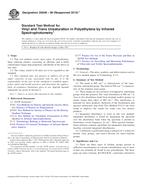
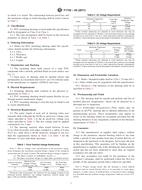 ASTM F1742-03(2011)..
ASTM F1742-03(2011)..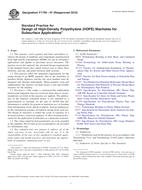 ASTM F1759-97(2010)..
ASTM F1759-97(2010)..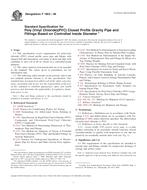 ASTM F1803-06
ASTM F1803-06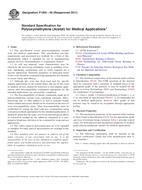 ASTM F1855-00(2011)..
ASTM F1855-00(2011)..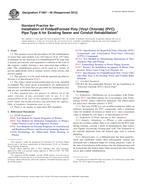 ASTM F1867-06(2012)..
ASTM F1867-06(2012)..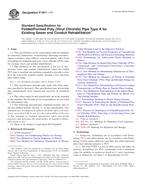 ASTM F1871-11
ASTM F1871-11
 Cookies
Cookies
